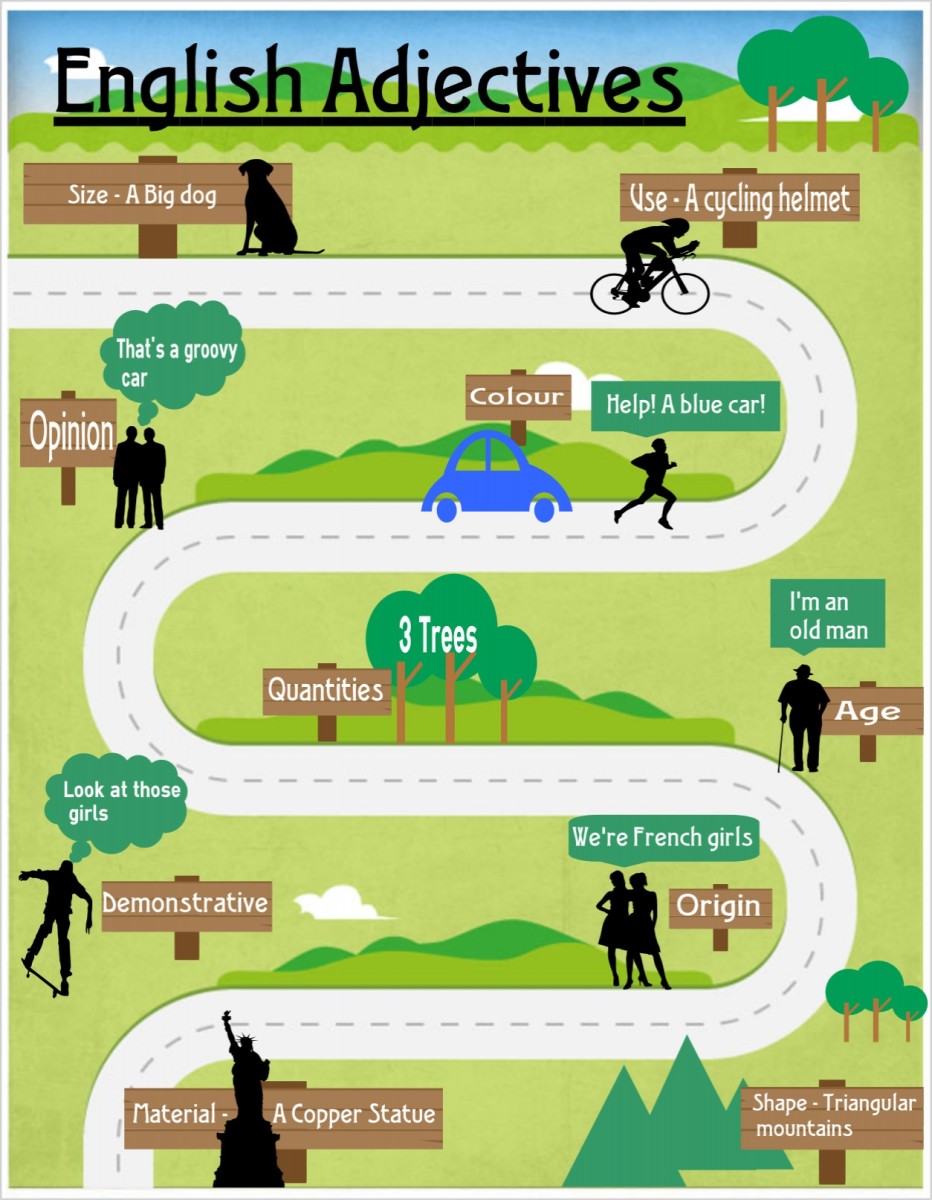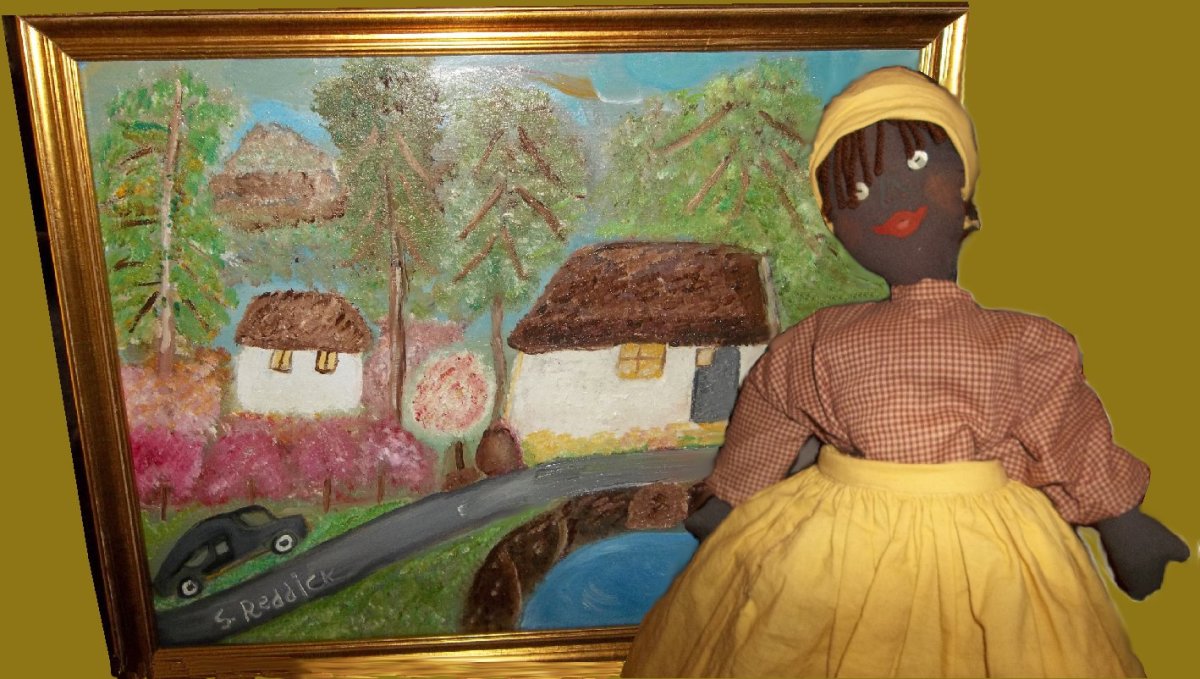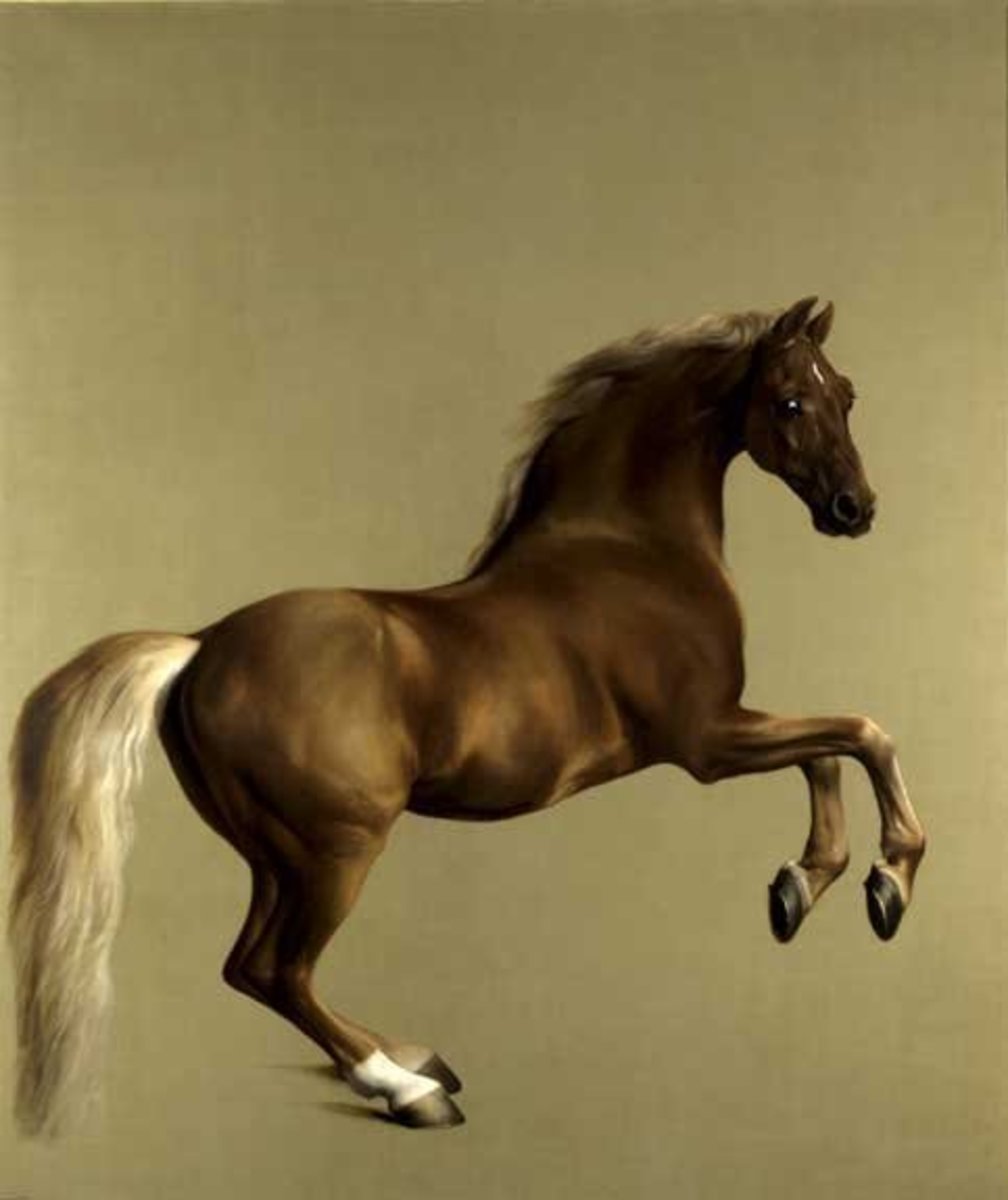The Care and Feeding of Apostrophes

Apostrophes: Where Do They Go?
I'm here today to talk to you about a terrible tragedy that's sweeping our planet. It's not the disappearance of your favorite brands from the store courtesy of those dastardly Brand Police, nor is it the scented kitty litter that makes your pet smell weird.
It's apostrophe abuse.
Those poor, lost, lonely apostrophes: you see them everywhere, looking for love in all the wrong places. Nearly every day, I see another apostrophe being abused or misused, far from where it belongs.
Look at these two sentences:
No, really?
No, really!
They mean very different things, don't they? You can't put question marks where exclamation points go, or vice versa.
Punctuation helps us make sense. Yet many people use apostrophes where they don't belong, and forget them where they DO belong.Â
English is confusing enough without random apostrophes wandering around! Just like exclamation points and question marks, apostrophes change the meaning of a sentence, depending on where they are used. So I'm going to teach you how to help these poor stray apostrophes find their way home.
Don't worry. You don't have to be a grammar nitpicker or an English teacher to understand these lessons. (But there will be a quiz at the end.)
[Update 6/12]: For a hilarious cartoon, check out The Oatmeal's The Correct Use of the Apostrophe, with velociraptors! (Also, a poster for school teachers.)
The Three Uses of Apostrophes
Apostrophes belong in just three places. That's it!
- Contractions.
- Possessive Nouns.
- Nested Quotations.
Apostrophe Usage Crib Sheet
Print Out This Apostrophe Guide
Use Apostrophes with Contractions
Put 'Em Where They Ain't
Contractions are two or more words squished together.
When you squish words together, letters tend to drop out. The apostrophe shows some letters are missing.
For example:

they are --> they're
it is time --> it's time
where did he go? --> where'd he go?
2007 --> '07
could have --> could've
nine of the clock --> nine o' clock
Contractions are informal, so you shouldn't use them in formal research papers or magazine articles. But they show the way people really talk, so they're useful for writing down conversations. Also, they sound more friendly.
Apostrophe Review: Pop Quiz #1 - Apostrophes and Contractions
OOPS TIME!
Something is wrong with this picture. Can you spot the mistake? (Pop quiz answers at bottom of page)

What should the sign say?
Possessive Nouns
Owned!
Possessive noun? What's that again?
Noun: Well, remember the old song? "A noun is a person, place, or thing."
Possession means ownership, so a possessive noun is a noun that owns another noun. Add 's to the end of a noun to show that it is the owner.
With possessive nouns, the apostrophe shows who owns what.

For example:
the dog's nose
John's car
America's soldiers
in a year's time
women's t-shirts
If you think about it, the apostrophe is indicating missing letters here, too -- namely, the word "of". The dog's nose is short for the nose of the dog.
So one way to check yourself whenever you use an apostrophe with a noun is to ask yourself, "what letters are missing?"
What about words that already end in s?
In that case, just add the apostrophe, not another s.
For example:
my lens' title
And for plurals:
the dogs' noses (This shows that we're talking about more than one dog.)
the Joneses' house
Nitpicky exception:
If a SINGULAR proper name (a capitalized name) ends in s, then add 's even though it looks funny (some writers violate this rule, but by and large, most still follow Strunk & White):
For example:
Tom Jones's tie
Descartes's philosophy
Tom Jone's tie is NOT correct, because his name is Jones not Jone.
What about two names separated by "and"?
Ooooh, you're being nitpicky here, aren't you? Well, just in case it ever comes up, here's what you do.
If you're talking about joint ownership, put the 's after the last owner:
Bill and Ted's Excellent Adventure
But if you're talking about separate ownership, then each owner gets his own 's:
Bill's and Ted's underwear (They're not wearing the same pair of underwear.)
But those are all rare special cases. 90% of the time, add 's to make a noun own another noun. Apostrophe + s means possession, NOT plural.
Apostrophe Review: Pop Quiz #2 - Apostrophes and Possession
OOPS TIME!
Something is wrong with this picture. Can you spot the mistake?
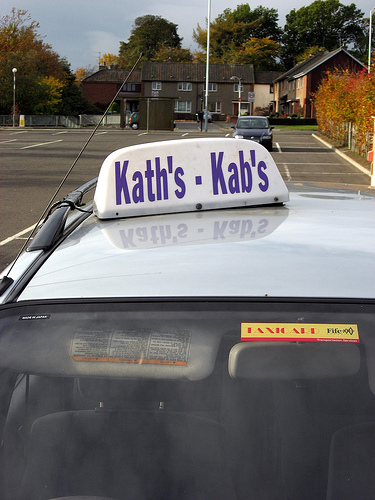
What should the sign say?

Nested Quotes
He Said That She Said...
Double quotation marks show that you're writing down what somebody said.
What if your narrator is reporting what
somebody else said?
Then you use double quotes for the outer quote, and single quotes for the inner one:
"You know," Jane said, "This is where Han Solo would say, 'I have a bad feeling about this.'"
In nested quotes, single quotes enclose a remark heard secondhand.
Just to be confusing, in older books published in Britain, you'll see it the other way around: the single quotes may go around the outer, main quotation, and the double quotes then go around the inner one. Nowadays, most British writers follow the rule I gave above.
Nitpicker's note: Technically, single quotes and apostrophes are not quite the same beastie. The former are used for quotes, the latter to indicate possession or a dropped letter. But we usually use the same punctuation mark for both, so I cover them here.
Apostrophe Review: Pop Quiz #3 - A common mistake on shop signs
OOPS TIME!
Something is wrong with this picture. Can you spot the mistake?
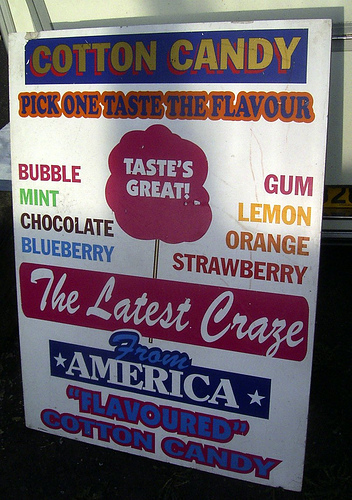
What should the sign say?
Places Where Apostrophes Do NOT Belong
So that's it!
Now you know the three places where apostrophes belong:
- Contractions
- Possessive Nouns
- Nested Quotes
I'm almost afraid to mention common mistakes, because I don't want to remind you of errors you see every day. However, it's worth pointing out the potholes so you can steer clear of them.
There are two places where apostrophes do not belong, but a lot of people don't realize it:
- Plural Nouns
- Possessive Pronouns
Plural Nouns
Lions and Tigers and Bears, Oh My!
Ordinary plural nouns -- nouns showing there's more than one of something -- end in s. JUST S. No apostrophe. I repeat, no apostrophe.
cats means more than one cat.

butterflies means more than one butterfly.
Americans means more than one American.
PhDs means more than one PhD.
CDs means more than one CD.
Also, this is correct: dos and don'ts
Therefore:
cat's means ONE cat which has something. For example, the cat's toy.
butterfly's means ONE butterfly which has something. For example, the butterfly's wing.
butterflies' means more than one butterfly is the owner. For example, the butterflies' habitat.
See the difference?
An apostrophe + s shows ownership.*
No apostrophe means a plural noun.If you can remember that, you'll be taking good care of your apostrophes. If you don't, you'll mix up different things, and then no one can tell what you're saying!*It usually shows ownership. However, like I said, apostrophes are also used in contractions, two words squished together. SO 's is also used to indicate a contraction with the word is, for example, "Someone's knocking at the door." It's still not a plural noun.
Apostrophe Review: Pop Quiz #4 - Apostrophes and Plurals
OOPS TIME!
Something is wrong with this picture. Can you spot the mistake?
Pick your answer in the poll, then hover your cursor over the picture or check the bottom of the page for a full explanation.
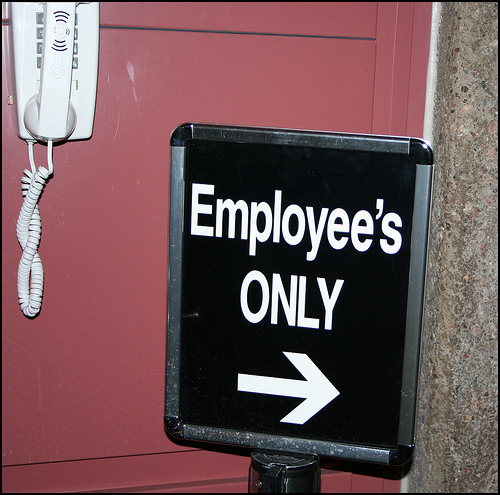
What should the sign say?
Possessive Pronouns
My, Your, His, Her, Our, Your, Their
Pronouns are short little words that stand in for a noun. For example:, he, she, their, his, hers, me, your, they, your.
Some of these words are possessive pronouns. These are special little words that already mean "the owner of something else." Possessive pronouns do not need an apostrophe. Unlike regular nouns, possessive pronouns have the idea of ownership built-in.
For example:
She used to use that perfume, until her boyfriend told her he didn't like its scent.
Let's go over to your house.
Contractions DO use apostrophes, as I explained earlier:
You're looking sad.

It's time to go.
Do you see the difference?
You're = a contraction for you are
your = a possessive pronoun meaning "belonging to you"
it's = a contraction for it is
its = a possessive pronoun meaning "belonging to it"
If you get those two things mixed up, nobody can tell which one you mean.
Finally, there's a funny form of the possessive pronoun that ends in s.
Look at this:
We went to her house. That drink is hers.
I like your shoes. I'm all yours.
Her is an adjective, hers is a noun. But don't worry about that. Your brain knows which one to use where, even if you can't remember why. The point is, NEITHER one uses an apostrophe.
All you need to know is: Possessive pronouns don't use apostrophes.
Apostrophe Review: Pop Quiz #5 - Apostrophes and Contractions
OOPS TIME!
Something is wrong with this picture. Can you spot the mistake?
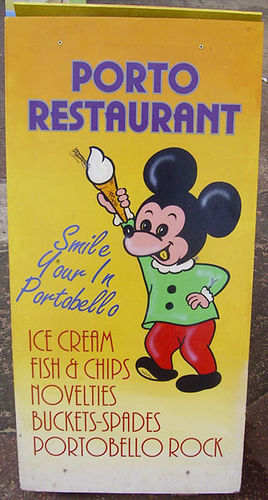
What should the sign say?
More Apostrophe Links
- Apostrophes Are Not Difficult, But My Neighbors Are
A flash-based quiz takes you through a story about two neighbors who have to hash out a problem. Who's right? Whose writing is wrong? - The Apostrophe Protection Society
Since 2001, the Apostrophe Protection Society has been looking after stray apostrophes. Brace yourself, then check out its "Examples" page for photographs of lonely, lost and abused apostrophes. - The Apostrophe Posse Rides Again
Funny news article about "The Apostrophe Posse" with amusing examples of apostrophe abuse, plus one happy ending.
APOSTROPHE POP QUIZ ANSWERS
Click the underlined links to open each photo in a spare window.
- Pop Quiz #1: Its Amazing... what?
This sign should say: IT'S AMAZING Why? It's is a contraction for it is. The apostrophe in contractions shows a letter has dropped out. "Its" is a possessive pronoun. If you write "its", then it must own something. Its amazing toenail? Hmmm. - Pop Quiz #2: Kath's Kab's...what?
Kath is an owner; she has a cab company. So KATH'S KABS would be correct (if you ignore the cute spelling). As it is, this sign suggests that her poor kab is missing something. The kab's windshield wipers? Its lug nuts? - Pop Quiz #3: Poor Taste
This sign should say: TASTES GREAT! Why? This phrase is short for "It tastes great." Verbs never, ever have apostrophes. - Pop Quiz #4: Employee's Only What?
One more time: 's means ownership, NOT more than one. To form a plural noun, just add s: EMPLOYEES ONLY Otherwise, as one visitor observed, the arrow symbol beneath "employee's only" suggests that the employee has only one arrow. - Pop Quiz #5: Smile, Your Pants Are Unzipped
Apostrophes only show up with pronouns if there's a contraction. The contraction of you are is you're, so the sign should say this: SMILE, YOU'RE IN PORTABELLO!


